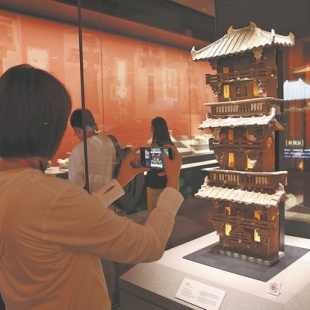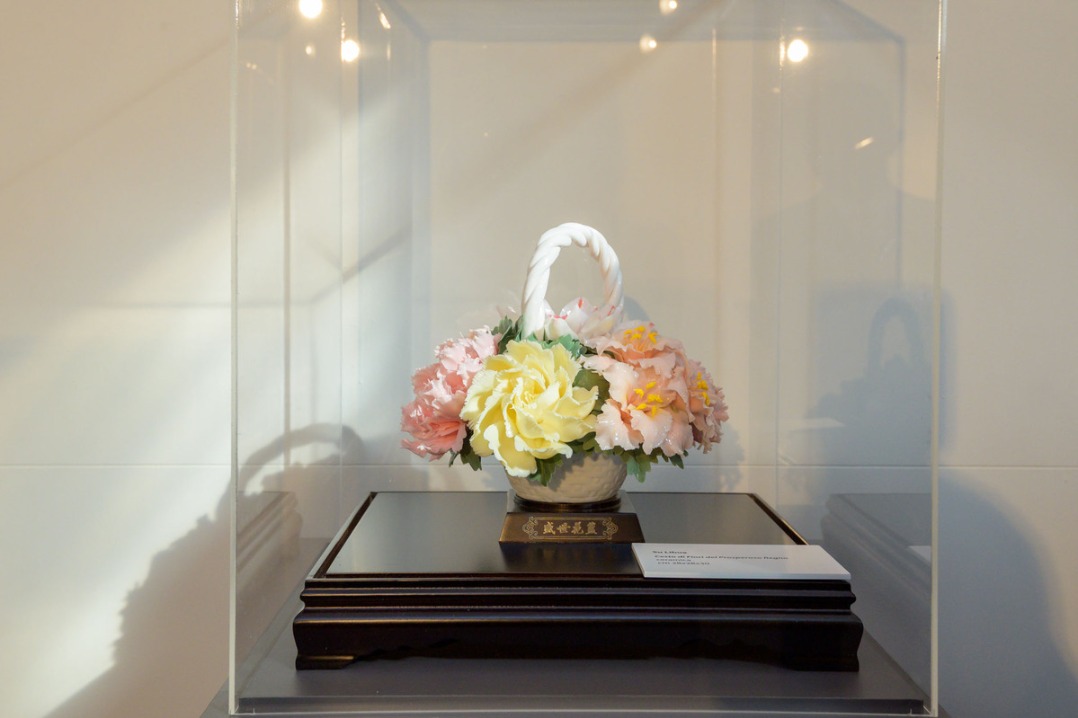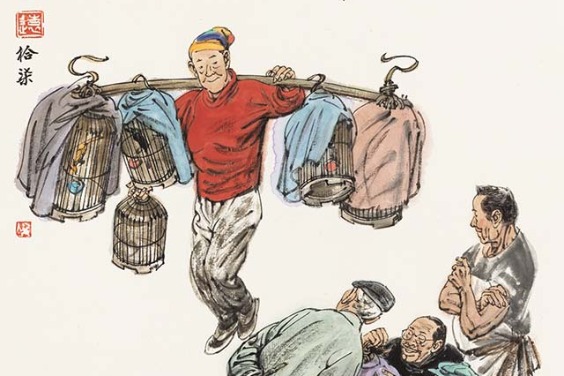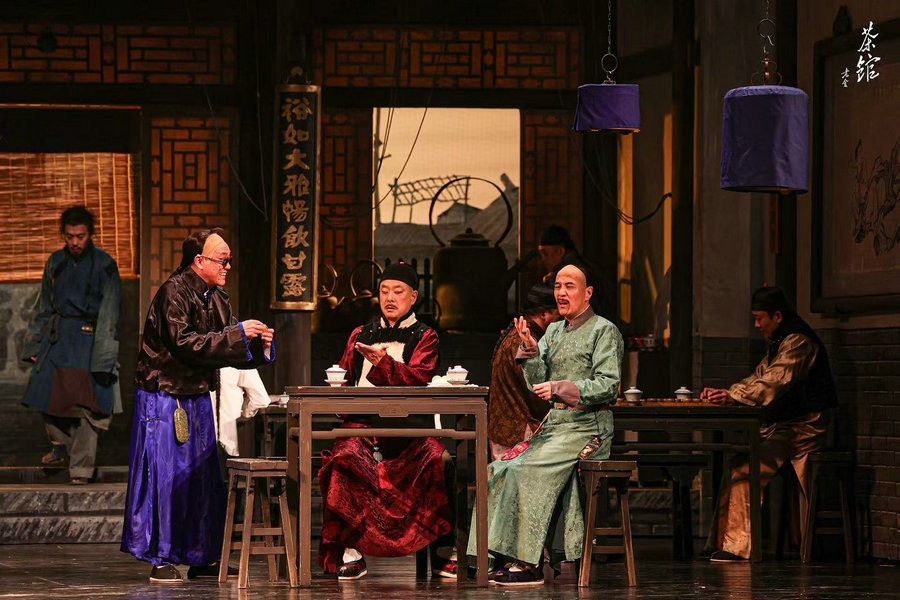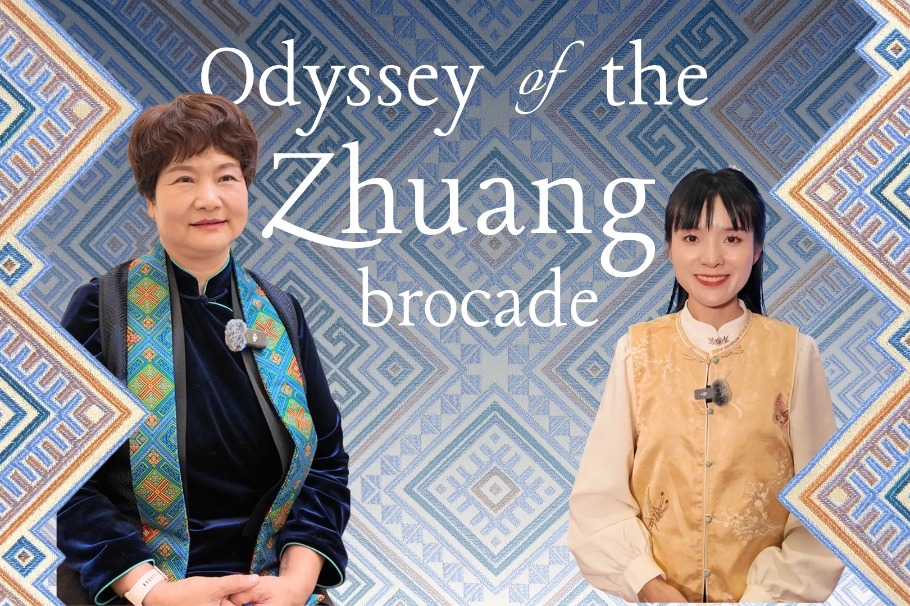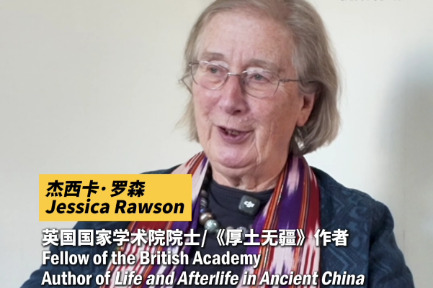Routines of antiquity in focus
Museum in Beijing offers a tantalizing glimpse into the past, Cheng Yuezhu reports.

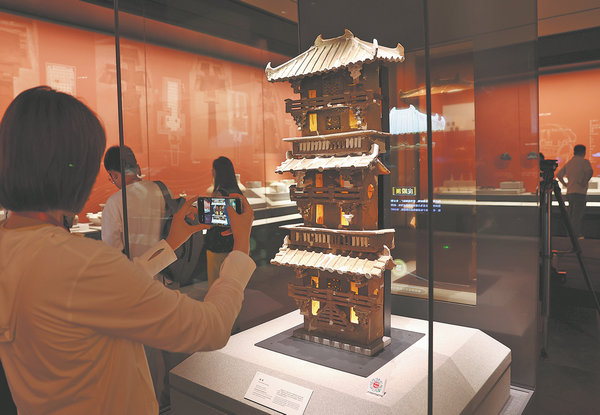
In 2016, as Beijing strived to construct Tongzhou as the city's municipal administrative center, archaeological works were prioritized.
As the project leader, Sun Meng, a researcher from the Beijing Institute of Archaeology, led a team in uncovering the ancient Luxian county ruins. In the same year, the project was listed among China's top 10 archaeological discoveries.
The ancient urban complex features a rectangular layout covering approximately 350,000 square meters, with perimeter walls extending over 2,300 meters. Surrounding areas revealed abundant traces of ancient people's activity, as well as nearly 10,000 tombs spanning over two millennia.
"It has been nine years since we discovered the city wall ruins. The opening of the museum is both a recognition of our archaeological workers' efforts and a motivation to us," Sun says.
The heritage site's excavation work is conducted in three phases, allowing public access in tandem with the ongoing archaeological work. The currently open area covers the ancient city area, adopting the backfilling method, that is, laying soil over the ruins to protect the original site from weathering.


